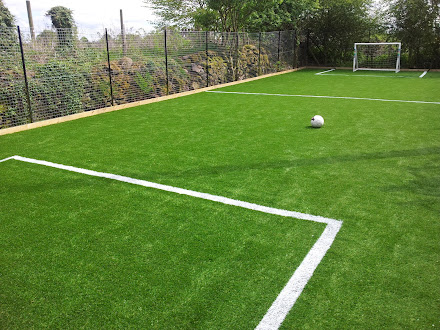Turfing the Future: A Comprehensive Exploration of the Evolution of Artificial Turf
The history and
evolution of artificial
turf represent a remarkable journey from its humble beginnings in the 1960s
to the sophisticated and versatile technology we have today. Originally
conceived as a solution for creating green spaces in urban areas with water
scarcity, artificial turf has
undergone significant improvements over the years.
In its early stages, artificial turf was primarily developed for indoor sports arenas,
utilizing short-pile nylon fibers. While these early versions offered an
alternative to natural grass, they
lacked the realism and performance characteristics seen in today's advanced artificial turf.
Decades of research and development have led to
groundbreaking advancements in artificial turf technology. Modern synthetic grass is a testament to engineering
prowess, featuring state-of-the-art materials and construction methods that
closely mimic the look and feel of natural grass.
The high-quality artificial turf
available today is not only durable and resilient but also low-maintenance,
making it a popular choice for various applications, including sports fields,
residential lawns, commercial landscapes, and rooftop gardens.
A pivotal development in artificial turf evolution has been the introduction of different
infill materials such as sand and rubber. These materials enhance shock
absorption, cushioning, and playability, contributing to the overall performance
of artificial turf surfaces.
Furthermore, manufacturers have fine-tuned the color, texture, and blade shapes
of synthetic fibers to create a more lifelike appearance, blurring the
distinction between artificial and
natural landscapes.
Environmental considerations have also played a
crucial role in the evolution of artificial
turf. Eco-friendly options have emerged, reducing water consumption,
eliminating the need for pesticides, and decreasing overall maintenance
requirements. This makes artificial turf
a sustainable choice for landscaping, aligning with growing environmental
consciousness.
In conclusion, the journey of artificial turf reflects a transition from basic, utilitarian surfaces to advanced, versatile, and environmentally conscious solutions. As technology continues to advance, we anticipate further innovations in the realm of synthetic grass, pushing the boundaries and continually narrowing the gap between artificial and natural landscapes.
.jpg)



Comments
Post a Comment